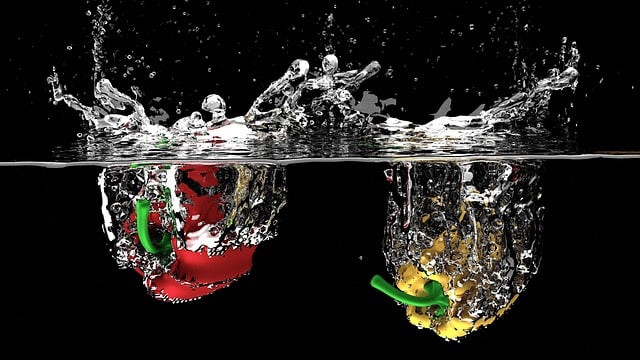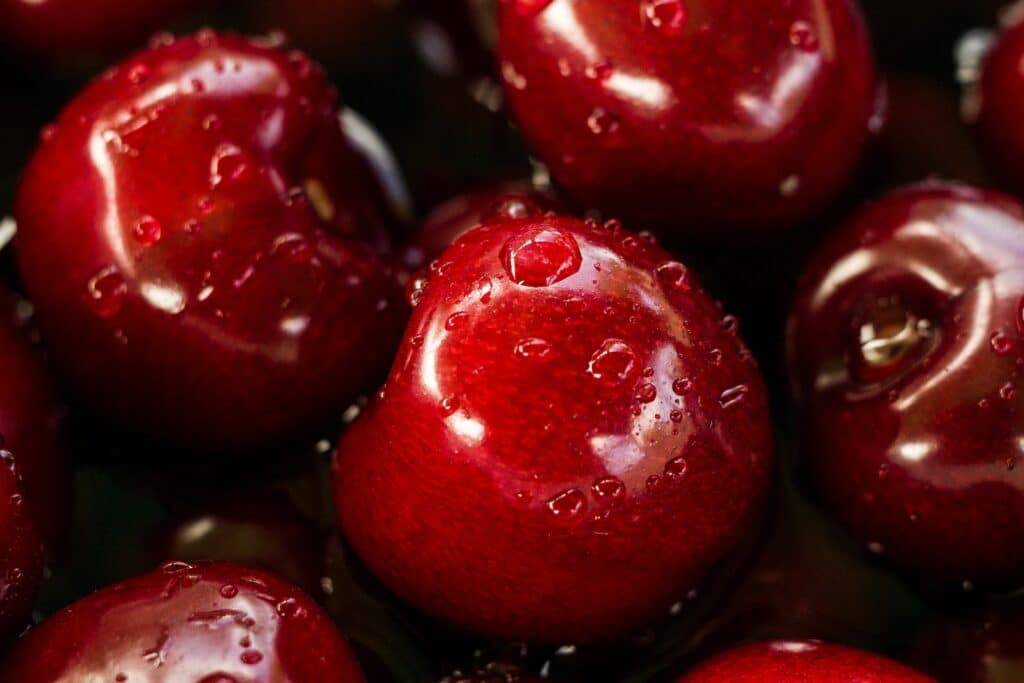Introduction – Cleaning Fruit and Vegetables
I have a confession to make: I don’t always rinse my produce before I eat it. I know, I know—you’re probably shocked that someone who eats so much produce would do something like this. But after my friends and family members got sick from eating unwashed produce, I started paying closer attention to what’s in the news about food safety. And guess what? You can actually get sick from eating dirty fruit and vegetables! This is especially true if your immune system has been weakened since you’ve gotten older or had an illness recently (like the flu).
When it comes to cleaning your produce, there are many different methods out there. Some people use soap, others don’t. Some people use water, others don’t. You may have heard that the best way to clean your fruits and vegetables is by using nothing but cold water and sometimes a little soap (if necessary). We don’t recommend using a fruit and vegetable disinfectant like bleach – similarly the FDA/USDA/CDC site on food safety warns against using bleach on food (please see below)! Rather we suggest using more natural, less harsh liquids.

Is it dangerous to eat unwashed produce
Washing produce is safe, and it can actually be good for the environment. Most produce is washed with chemicals before it reaches your grocery store. These chemicals are harsh, so if you’re concerned about protecting the planet or saving money (or both!), then consider washing all of your fruits and vegetables at home. You can use a mild dish soap like Ivory or Dawn to clean fruits and veggies; these products are gentle on most types of produce while still getting rid of dirt and germs.
You may think that buying produce wash will get your food cleaner than plain old water, but this isn’t necessarily true! Produce washes often contain harmful chemicals too—and who knows what other additives could be included? Plus there’s no way to know exactly how much product each bottle contains because different brands have different measurements listed on the labels (a standard teaspoon vs a measured tablespoon). The bottom line: if you want clean food that’s eco-friendly too—and there’s no reason not to!
What kind of produce need to be washed
The following types of produce are likely to be grown in soil:
- leafy greens, like spinach and lettuce
- root vegetables, like carrots or potatoes
- berries and tomatoes (as long as they didn’t come with dirt still on them)
It is possible to wash your own fruits and vegetables at home without soap.
You can wash your own fruits and vegetables at home without soap. It’s possible to clean produce with vinegar or a produce wash, which are alternatives to detergent-based soaps. Vinegar is an acid that breaks down organic material on the surface of fruits and vegetables, while fruit and vegetable washes contain natural ingredients like citrus oils. These products have less residue than conventional dishwashing liquid, so they won’t leave food tasting bitter or harsh.
For some people (like those who are sensitive to fragrances), these options might not be as appealing as using a homemade fruit and vegetable spray made from bicarbonate soda (also known as baking powder) mixed into water — though this method does require a little more effort than simply pouring some vinegar over your veggies before rinsing them off with cold water!
How to wash produce
Washing produce is very simple. First, fill a bowl with water. Add your produce and scrub with your hands. Soak for 1-2 minutes (or more, depending on how dirty the fruit or vegetable is). Rinse thoroughly in cold water, then pat dry with a soft cloth—do not use paper towels as they can leave tiny fibers behind on the fruit/vegetable.
Give each piece of produce a little extra attention if it looks like it has dirt on it
If you’re not sure whether or not to wash the produce, just go ahead and do it. I mean, if you end up washing something that was already clean, you won’t be in any trouble. But if there is dirt on your fruit or vegetable, then those germs will get into your mouth and cause a whole mess of problems. So when in doubt, always wash!
Dry your produce before eating it or storing it
Once your fruits and vegetables are clean, dry them before storing them. If you don’t air-dry them, they will get moldy fast, especially when stored in containers. After washing your produce, pat it dry with a clean towel or paper towel. You may have to repeat this process several times until all of the moisture on the produce has been removed—especially if you’ve just washed something that grew under water like lettuce or kale!
Make a produce cleaner spray – instead of a disinfectant

Because no evidence suggests flu or covid is transmitted from food substances, we don’t recommend using disinfectants like bleach to wash produce. The reason is that even though you give it a good rinse afterward, during the bleach wash the liquid can still enter and be absorbed into the produce.
To make a produce cleaner spray:
- Pour 1/2 cup vinegar and 1/2 cup water into a spray bottle, then add about 1/2 teaspoon of salt. Shake well to combine.
This all-purpose cleaning solution can be used on fruits and vegetables (including leafy greens), as well as cast iron cookware and hard surfaces like countertops and floors.
Eco friendly fruit and vegetable wash
A great way to clean your fruits and vegetables is to use a mixture of vinegar and water. To create this mixture, mix two parts vinegar with one part water in a spray bottle. You can also add a few drops of lemon juice and tea tree oil for extra cleaning power. If you want, you can also add a little baking soda or salt as well as castile soap for an even more efficient cleaner!
Conclusion
Now that you know how to wash produce at home, you can save money and protect the environment. It’s important to remember that all these recipes are just guidelines; feel free to experiment with them and make them your own!
